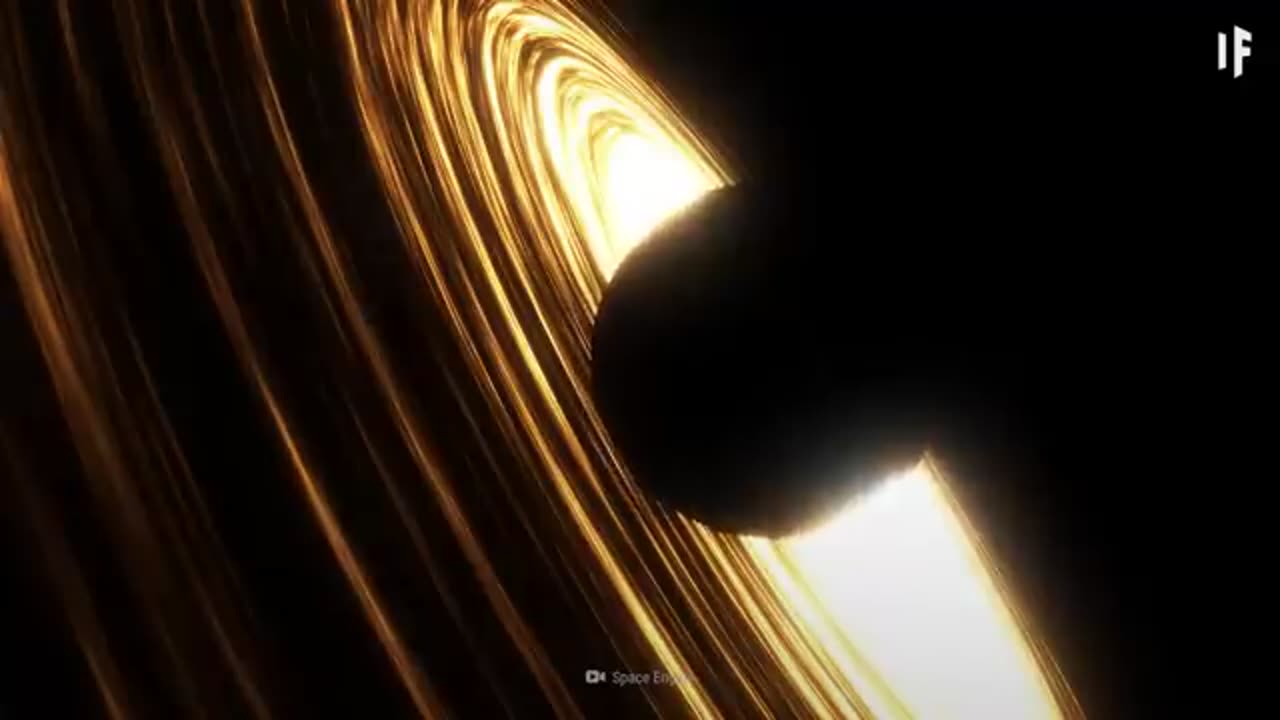Premium Only Content

What If Two Black Holes Collided
When two black holes collide, they merge into a single, larger black hole, releasing an enormous amount of energy in the process. This event is one of the most cataclysmic phenomena in the universe and has several key outcomes:
### 1. **Merger and Growth**
- The two black holes spiral toward each other due to the loss of energy via gravitational waves.
- They eventually merge into a single black hole, whose mass is nearly equal to the sum of the masses of the original black holes, minus a small fraction radiated away as energy through gravitational waves (following Einstein's \(E = mc^2\)).
### 2. **Gravitational Wave Emission**
- During the final stages of the collision, the merging black holes produce powerful gravitational waves—ripples in the fabric of spacetime.
- These waves carry information about the black holes, such as their masses and spins, and can be detected by instruments like LIGO (Laser Interferometer Gravitational-Wave Observatory) and Virgo.
### 3. **Ringdown Phase**
- After the merger, the resulting black hole undergoes a "ringdown" phase, where it settles into a stable state.
- During this phase, it emits gravitational waves with characteristic frequencies that reveal properties like the mass and spin of the final black hole.
### 4. **Energy Output**
- The energy released as gravitational waves during the merger can be immense, comparable to the conversion of several solar masses into energy in a fraction of a second.
### Observable Effects:
- **For Nearby Collisions:** Surrounding material (gas and dust) might emit electromagnetic radiation, but this is not directly tied to the black holes themselves.
- **Distant Observers:** We primarily observe such collisions through gravitational waves, which travel across the universe largely unaffected by intervening matter.
### Recent Observations
- In 2015, LIGO made the first direct detection of gravitational waves from a black hole collision, confirming predictions of Einstein's General Theory of Relativity.
- Since then, dozens of black hole mergers have been observed, providing valuable insights into their properties, populations, and formation processes.
Black hole collisions offer a unique window into extreme physics, such as the nature of spacetime, high-energy astrophysics, and potentially even clues about quantum gravity.
-
 48:44
48:44
Man in America
13 hours agoA MASSIVE Global Financial Reset Is Coming—Are You Ready?
41.6K21 -
 1:15:42
1:15:42
Precision Rifle Network
1 day agoS4E5 Guns & Grub - The Best Rifle Under $2000
69K7 -
 1:02:54
1:02:54
Glenn Greenwald
1 day agoSouth Korean Economist Ha-Joon Chang on the Economic World Order, Trump's Tariffs, China & More | SYSTEM UPDATE #410
89.2K51 -
 1:02:27
1:02:27
Donald Trump Jr.
13 hours agoBye Mitch, plus Kash confirmed, Interview with AJ Rice | Triggered Ep.218
134K76 -
 1:12:27
1:12:27
The Amber May Show
15 hours ago $3.52 earnedWomen Of Rumble 02-20-25
38.4K8 -
 41:18
41:18
Kimberly Guilfoyle
13 hours agoToday, We Kash in on Equal Justice, Live with Ryan Walters & Daniel Turner | Ep.198
100K23 -
 1:36:50
1:36:50
Redacted News
12 hours agoThe TRUTH in Ukraine has been EXPOSED by Trump and they are melting down | Redacted w Clayton Morris
141K232 -
 2:05:35
2:05:35
The White House
14 hours agoPresident Trump Hosts a Reception Honoring Black History Month
90.1K45 -
 1:05:09
1:05:09
Josh Pate's College Football Show
13 hours ago $1.18 earnedCFP Expansion: Latest Intel | CFB’s Schedule Problem | Arch Manning Hype | ACC Program Rankings
33.1K5 -
 55:52
55:52
LFA TV
1 day agoTrump vs. Europe | TRUMPET DAILY 2.20.25 7PM
43.3K8